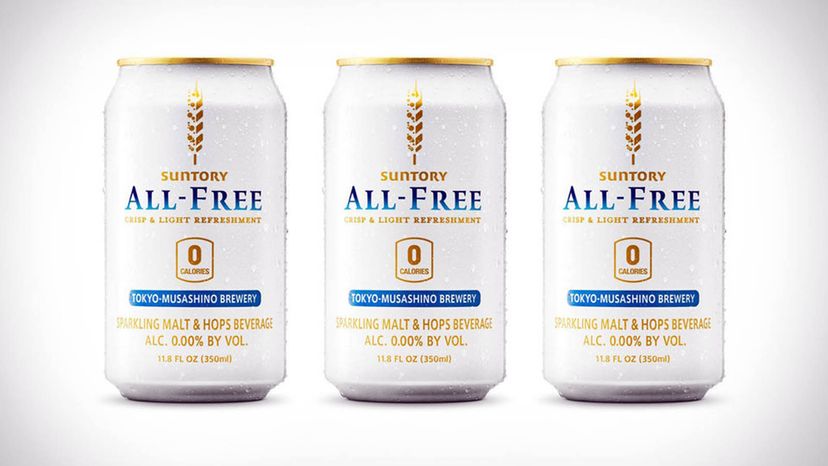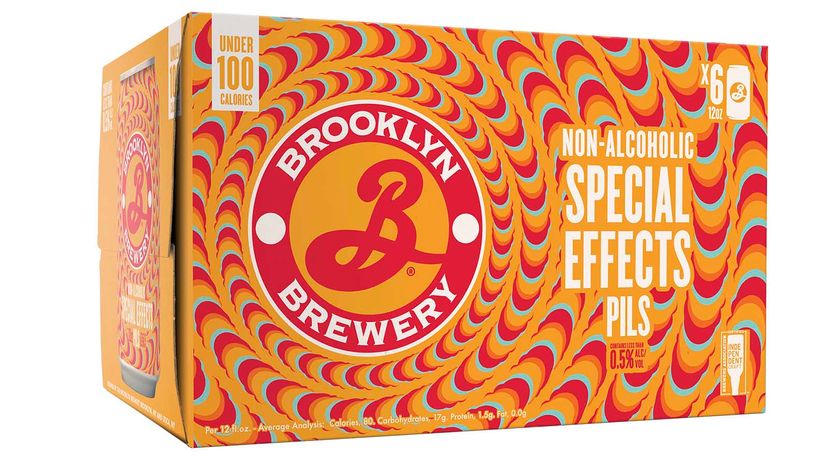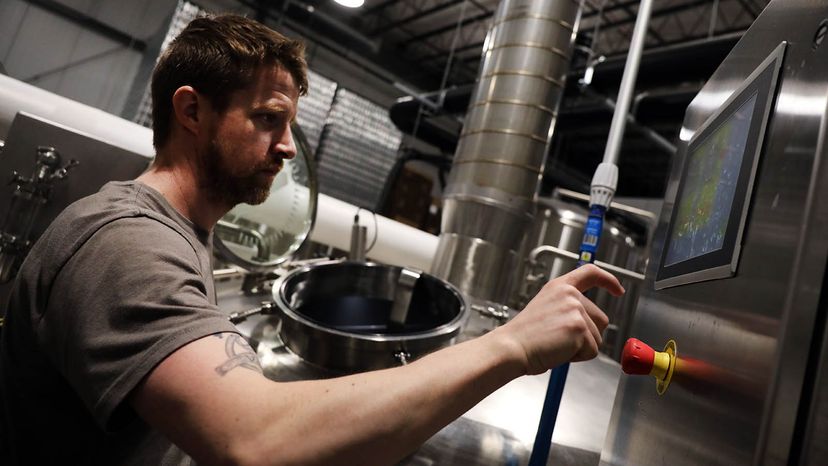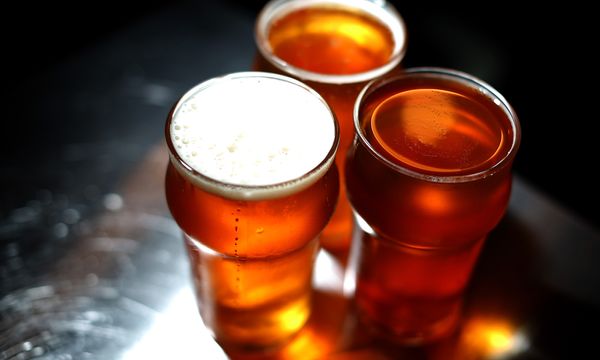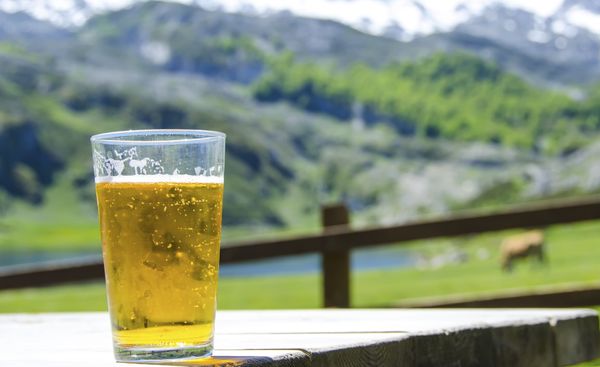
If you were around in the 1990s and someone offered you an O'Doul's — the country's first mainstream non-alcoholic beer — chances are you'd have wrinkled your nose and passed. After all, what's the point of drinking brewski if not to get a buzz?
In the decades since, people's taste for the world's most popular alcoholic beverage (and third most popular drink in the world, behind water and tea) has become more refined. Brewers have tapped into what consumers want most — better-tasting beer, of course, but also beverages that better align with healthy lifestyles and provide safer drinking experiences. That shed new light on the concept of non-alcoholic beer. And craft brewers responded.
Advertisement
"[We] certainly did," says John Walker, chief product officer for Athletic Brewing Co., a non-alcoholic craft brewery he founded with Bill Shufelt. "When we started in 2017, the non-alcoholic beer market was 0.03 percent of the total beer market, and now we just crested 2 percent in grocery [sales] this past year."
According to GMI Insights, the global non-alcoholic (NA) beer market raked in $22 billion in 2022 and is expected to reach $40 billion by 2032.
Advertisement
